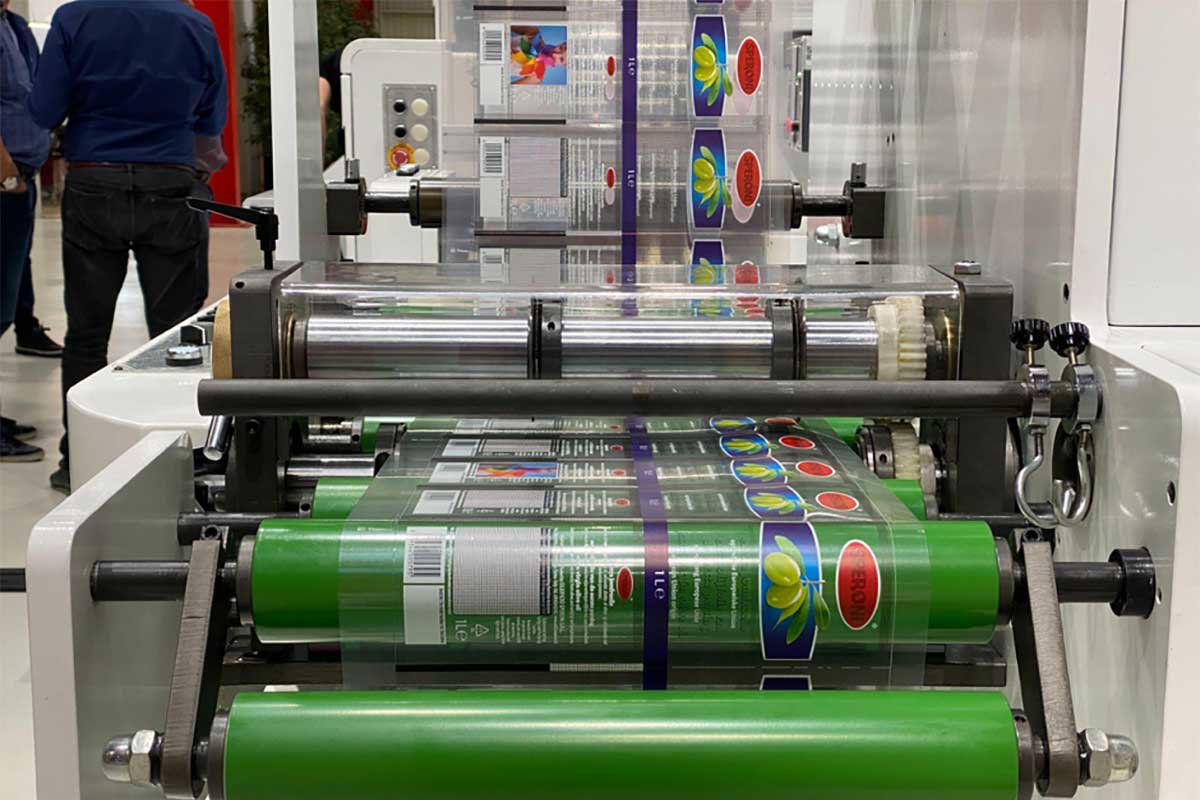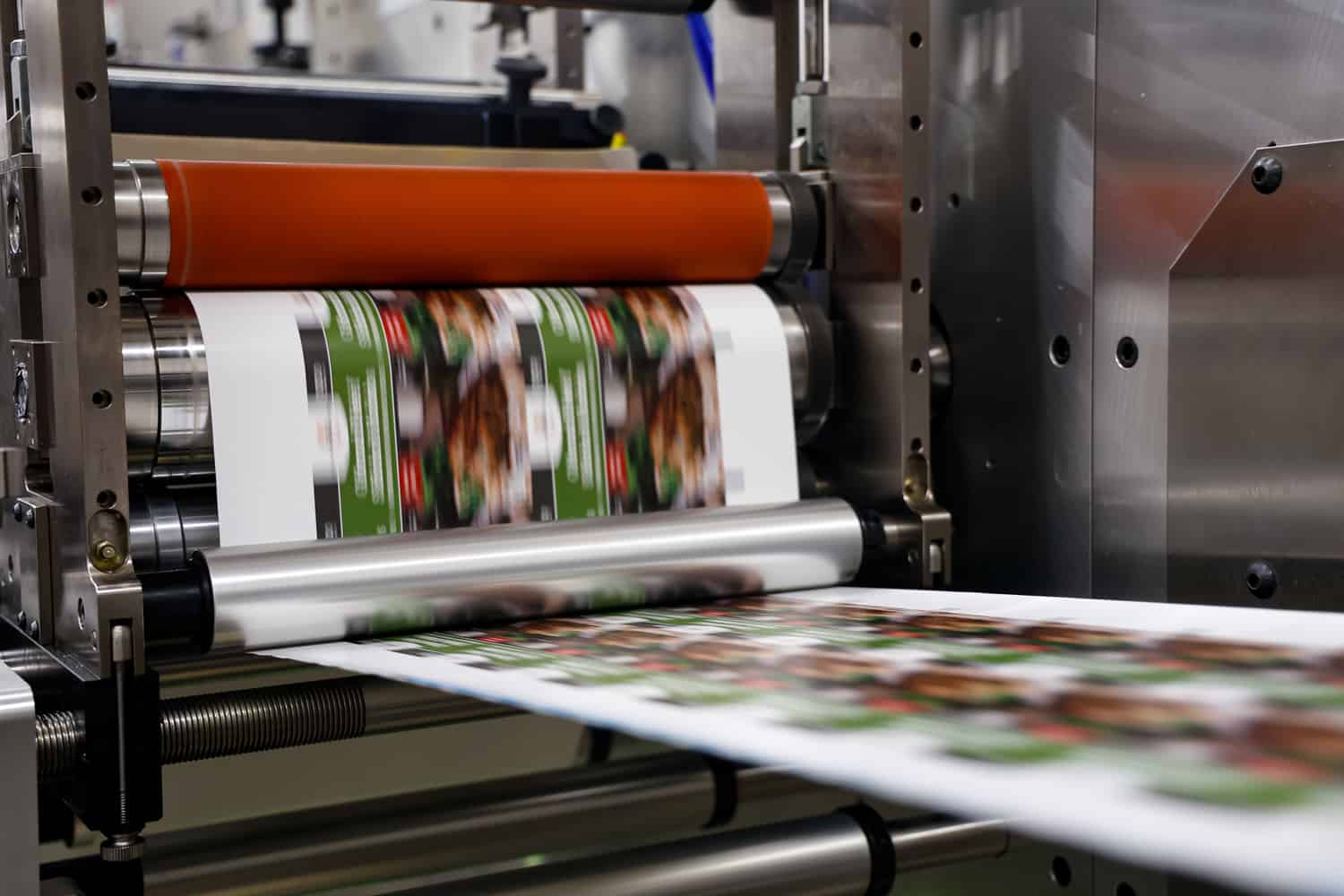Printing on transparent paper can open up a world of creative possibilities, especially when you need the clean, crisp appearance of white ink. However, knowing how to print white on transparent paper requires a specific set of skills and understanding of the printing technology available. If you’re a marketing professional looking to enhance your printed materials or a design enthusiast wanting to explore new mediums, the potential that printing white on transparent paper offers is significant. Let’s delve deep into this topic and learn how to effectively achieve great results.

Understanding the Basics of Transparent Paper
Before diving into the techniques for printing white on transparent paper, it’s important to have a basic understanding of what transparent paper entails. Often termed as translucent or clear paper, this type of paper is widely used for crafting, marketing materials, and creative art projects. Its transparent nature allows for unique layering effects and designs that stand out due to their see-through properties. Choosing the right type of transparent paper is critical to achieving the desired results.
Why Printing White is Different
Unlike other colors, white cannot be created naturally in printing through the combination of CMYK (Cyan, Magenta, Yellow, and Key/Black) inks, which are standard in most color printers. This makes printing white on transparent paper a unique challenge, often requiring specific types of printers and ink formulations designed to handle the opacity and clarity needed for white ink applications.
Choosing the Right Printer
To ensure a successful printing experience, investing in a printer capable of handling white ink is crucial. While standard inkjet printers may fall short due to their lack of white ink cartridges, specialized printers like screen printers or those with opaque ink capabilities are ideal. Consider the best printer for label printing, as they often provide the precision and opacity needed to print white effectively.
Which Ink Works Best?
Not all inks are created equal, especially when it comes to printing white. Selecting the appropriate opaque white ink is essential. These specialized inks are designed to deliver the vibrancy and coverage necessary for printing on nontraditional materials like transparent paper. Consider using inks from brands that specifically formulate products for this purpose.
Types of Opaque White Inks
Several types of opaque white inks are available, each offering different qualities and finishes. Opt for inks labeled as intense or high-opacity for bold, clear results. These inks often come in formats suitable for both small and large-scale printing tasks.
Understanding Ink Compatibility
Ink compatibility is key when trying to achieve the best results in any printing process. Different printers support various ink formulations, so ensuring that the ink chosen is compatible with your printer model is important. This often involves consulting manufacturer guidelines or seeking inks specifically recommended for your printer type.
Printing Techniques for Perfect Results
Achieving the perfect print requires more than just the right equipment and ink. Here are some techniques to ensure your white prints are stunning:
- Layering: To achieve solid white colors, consider layering ink applications to increase coverage.
- Print Settings: Adjusting your printer’s settings to accommodate for thicker paper types and customized print modes will help realize better results.
- Testing: Conduct a test print to fine-tune the settings before committing to a larger print project.
Maintaining Print Quality Over Time
Once you’ve successfully printed your white designs on transparent paper, maintaining the quality of these designs is equally important. Here are some care tips:
- Storage: Store printed materials in a cool, dry place to prevent fading or ink degradation over time.
- Handling: Avoid excessive handling of the prints to maintain the clarity and sharpness.
Applications of White on Transparent Paper
The versatility of printing white ink on transparent paper can be applied in numerous creative projects, including:
- Marketing and advertising materials that require a unique visual appeal
- Sophisticated invitation cards for exclusive events
- Decorative over-lays for art and craft projects
Marketing Pros Take Note!
Printing your own business cards or promotional materials with white ink on transparent paper can help you stand out in a crowded marketplace. It showcases your willingness to embrace new technologies and creative solutions. Harness the power of this technique to leave a lasting impression on potential clients.
Design Challenges
While the potential is significant, there are certain design limitations and challenges to be aware of when working with transparent paper. Complex designs may require precise control over ink application and layering, which can take time to perfect.
Adaptive Solutions
Utilizing design software that allows for transparency previews can assist in visualizing how colors interact with the transparent medium. This ensures your designs are as intended once they are printed.

FAQs about Printing White on Transparent Paper
What Printers Can Print White on Transparent Paper?
Specialized printers like screen printers or those with opaque ink capabilities are typically needed for effective white printing on transparent paper.
How to Ensure Quality Prints?
Use high-opacity inks, adjust printer settings appropriately, and conduct test prints to ensure the final outputs meet your expectations.
Why is White Ink Printing More Expensive?
The specialized inks and printers required for white ink printing often lead to higher costs compared to standard printing processes.
For more detailed guides on label printing and specific ink recommendations, visit Comp & Save.
As an Amazon Associate, I earn from qualifying purchases.